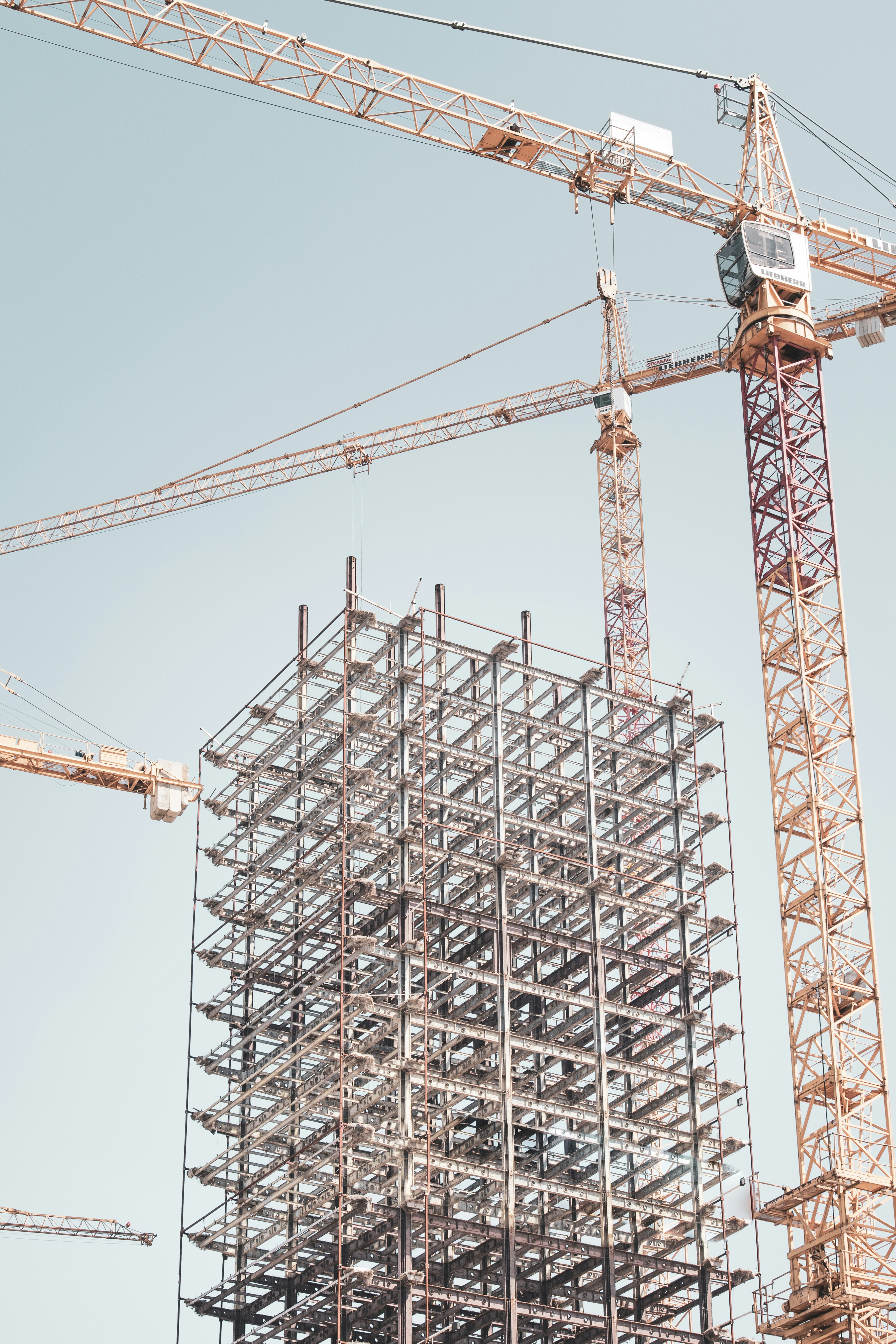Thought Leadership
The Future Of Sustainable Cities: Balancing Growth And Green Design
Author: Jonathan Hale
Mar 26, 2025

In the age of rapid urbanization, architects and city planners face a critical challenge: how to design cities that are both sustainable and livable. With global populations steadily increasing, many cities are struggling to balance expansion with ecological responsibility. The need for sustainable urban planning is no longer optional—it is essential for the future of our planet.
Sustainable cities are built on the foundation of smart infrastructure, energy efficiency, and a commitment to reducing carbon footprints. Across the world, we are seeing cities adopt groundbreaking strategies to achieve sustainability. From Copenhagen’s carbon-neutral ambitions to Singapore’s vertical gardens and green rooftops, urban spaces are being reshaped to harmonize with nature rather than compete against it.
One of the most crucial elements of sustainable urban design is green architecture. Passive cooling techniques, solar power integration, and the use of low-carbon materials like cross-laminated timber (CLT) are redefining the way buildings interact with their environment. Moreover, the shift toward mixed-use developments is reducing the reliance on private transportation, promoting walkability, and creating communities where work, leisure, and residence coexist seamlessly.
But sustainability is not just about infrastructure—it’s about people. A truly sustainable city considers the well-being of its citizens by integrating public parks, bicycle-friendly streets, and community-driven initiatives. Cities like Amsterdam, Melbourne, and Tokyo have shown that urban planning centered on human experience leads to increased happiness and higher quality of life.
As architects, urban planners, and policymakers come together to shape the cities of tomorrow, one question remains: how can we push the boundaries of innovation while maintaining a commitment to sustainability? The answer lies in collaboration, forward-thinking policies, and an unwavering belief that architecture must serve both humanity and the planet.

